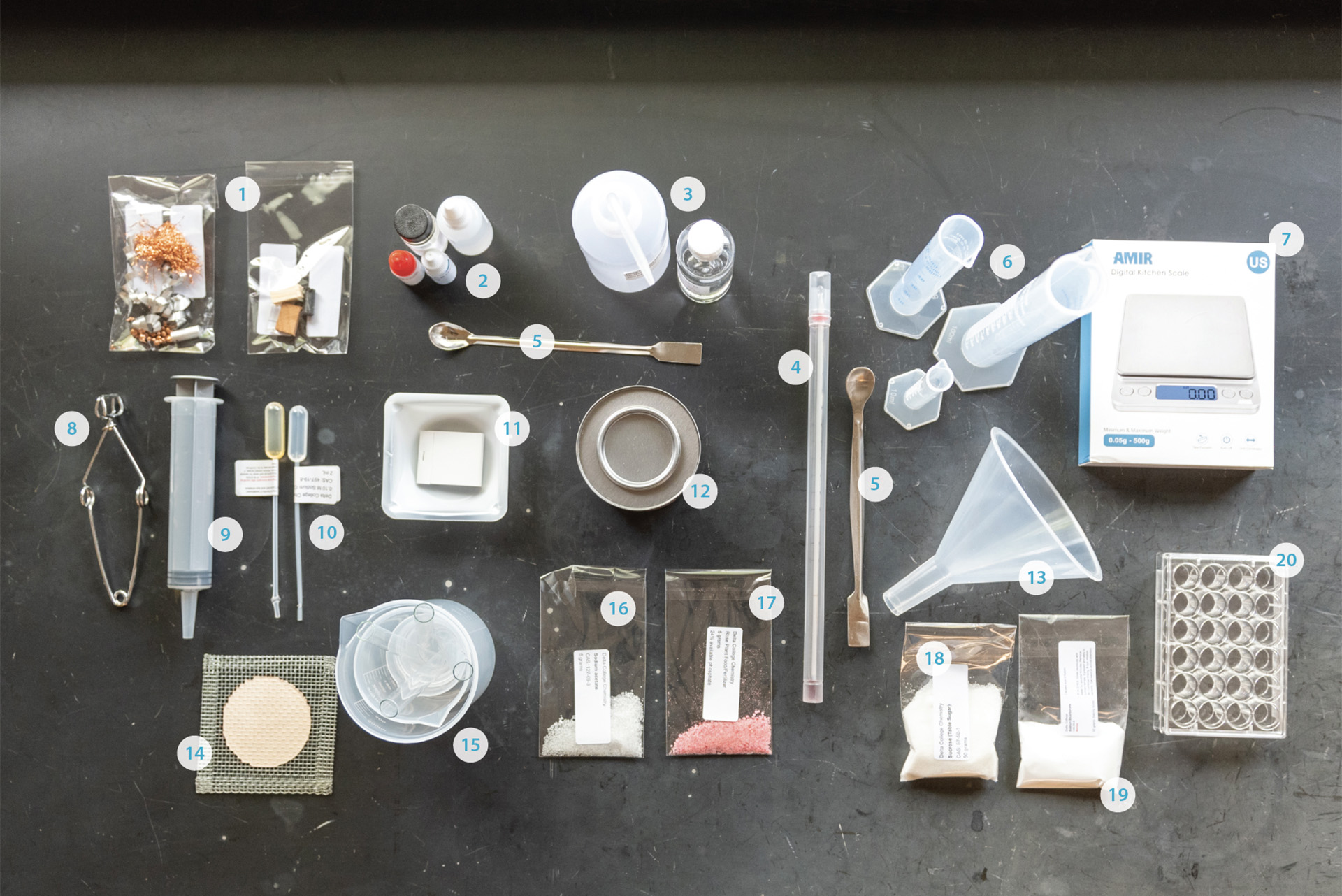Students adapt to remote learning
Two days a week this summer, Mark Moszyk attended an online engineering class from his improvised home desk: on the couch at an end table.
The retired Nexteer employee returned to Delta in January to become an electrician – a program he began 30 years ago. He said moving to online classes didn’t bother him too much once he got used to it.
“You still met at a specific time, the same as you would in class,” he said.
Moszyk’s classmate, Brad Kenel, an instrumentation technician apprentice for Dow, said moving to remote learning was a bit nerve-racking.
“But my instructors, like Diane, really stepped up and they were in constant communication,” said Kenel, from Saginaw. “As soon as I returned to work in June, I applied what I learned in class to my job. It was a great experience.”
That summer class, Introduction to Programmable Logic Controller (PLC), was taught by Diane Lobsiger-Braden, associate professor of engineering. It’s a class that’s normally taught in person, but like many faculty members, Lobsiger-Braden found success in using a variety of tools and methods to teach remotely.
She used PowerPoint, a whiteboard and other visual tools, as well as a simulation software program for her students to use to design programs they would normally create on campus.
“I wanted us to have as close to a face-to-face environment as possible,” said Lobsiger-Braden.
Moszyk and Kenel are among the thousands of Delta students who successfully adapted to remote learning. This fall semester, more than half of courses are delivered in an online or hybrid format, including some lab classes.
Faculty worked hard over the summer to devise ways several traditional labs and hands-on classes could be delivered online by providing equipment and other tools for students to use at home.
